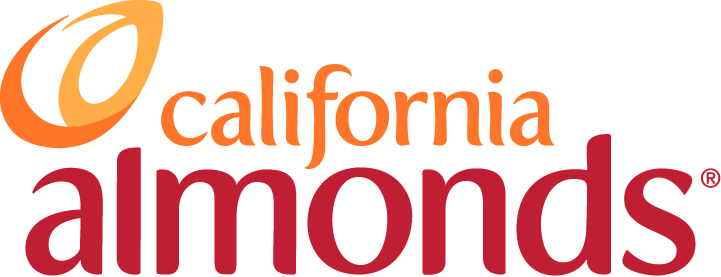Course Description
This session centered on the Sustainable Groundwater Management Act (SGMA) and its significant impact on California’s agriculture, particularly the almond industry. Given that almonds are largely grown in critically overdrafted basins, the almond community needs to understand SGMA’s implications on water shortages, costs, and land values. One key strategy in the Groundwater Sustainability Plans (GSPs) for the San Joaquin Valley is groundwater recharge, which involves replenishing groundwater supplies and could address up to a quarter of the overdraft. The Almond Board has invested in research and resources to guide growers on recharge practices. However, several policy hurdles exist, such as defining beneficial use for recharge, ensuring water availability, and navigating the California Environmental Quality Act (CEQA) process. Efforts are underway to address these challenges, including the establishment of an interagency task force and the Flood-MAR program. Collaboration, community engagement, and strategic site selection are emphasized for successful recharge projects. Additionally, innovative approaches like the San Joaquin Valley Water Blueprint and new technologies for water diversion are discussed. The conference highlights the importance of research, funding, and communication among stakeholders to develop sustainable water management practices in agriculture.
Course Objectives:
After completing this course, learners will be able to:
- Understand the implications of the Sustainable Groundwater Management Act (SGMA) on California’s agriculture, particularly the almond industry, focusing on issues related to water shortages, costs, and land values.
- Recognize the significance of groundwater recharge as a key strategy in Groundwater Sustainability Plans (GSPs) for the San Joaquin Valley, with the potential to address up to a quarter of groundwater overdraft.
- Explore the Almond Board’s investments in research and resources aimed at guiding growers in effective recharge practices.
- Identify policy hurdles related to groundwater recharge, such as defining beneficial use, ensuring water availability, and navigating the California Environmental Quality Act (CEQA) process.
- Discuss ongoing efforts to overcome challenges in implementing recharge projects, including the establishment of an interagency task force and the Flood-MAR program.
- Emphasize the importance of collaboration and community engagement in the successful execution of groundwater recharge initiatives, along with strategic site selection.
- Examine innovative approaches like the San Joaquin Valley Water Blueprint and the use of new technologies for water diversion as part of sustainable water management practices in agriculture.
- Highlight the critical role of research, funding, and communication among stakeholders in developing effective and sustainable water management strategies for the almond industry.

